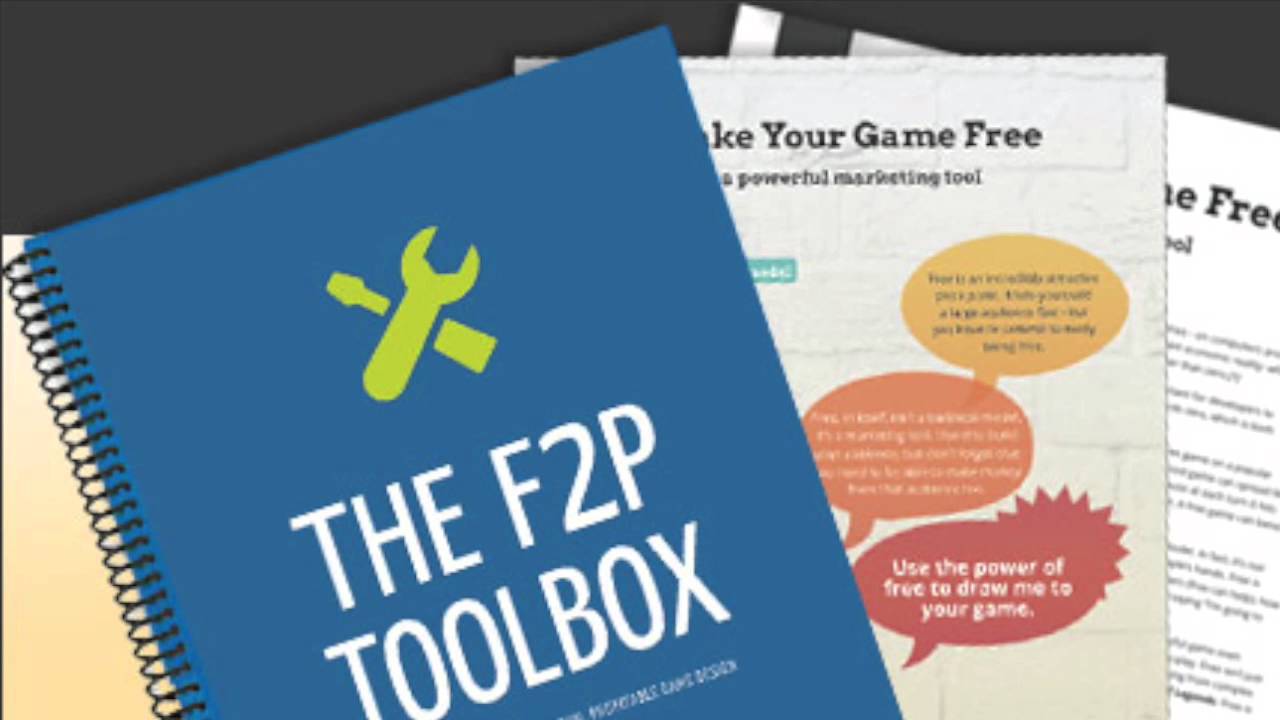 …don’t just ask them.
…don’t just ask them.
If you REALLY want to know if an idea has legs, the best way isn’t to ask people if they’d buy it, it’s to see if they DO buy it when they’re given the opportunity. This is an audacious technique, but Nicholas Lovell used it to great effect when he had the idea for a new book, The F2P Toolbox. (For the non-games geeks, F2P = Free to Play)
‘I wanted to test as quickly and cheaply as possible whether or not there was going to be a market for this book. I just put an ad up on my website. The ad said… “Buy it now!” And if you clicked on the ad it took you to a page that said “Look, I’m really sorry, but I haven’t written this book yet. I was running a test to see whether or not people were interested. If enough of you are interested by clicking, then I’ll go ahead and write it. If you want me to write it, why don’t you give me your email address now and I’ll email you when it’s ready?” I got 150 emails within a couple of weeks, which was enough to make me think there’s a market and a revenue opportunity for me here.’
The book, which he self-published, has made around £50,000 so far.
The great thing about this technique is that it overcomes people’s natural positive bias. I’ve done lots of market research before. I’ve gone out and talked to people and asked “Would you like this product? Would you buy this product?” And most people, perhaps because they feel bad about saying “No” to my face or maybe because they’re infected by my enthusiasm and genuinely mean it in the moment, say ” Yes, I would absolutely buy that product.” They might or they might not. But when you measure those who actually click to spend actual money on a product, that’s a much more reliable indicator (although of course not every transaction completes, so you still need to exercise some caution in your forecasts).
It takes chutzpah, and you need to craft a good message for those who click through only to find the book is not yet written, but if you’re debating whether it’s worthwhile writing a particular book – or even creating a particular product – it’s a great way of testing the market’s appetite. And you could even enlist these early enthusiasts in the process of writing, building your launch team right up front.
